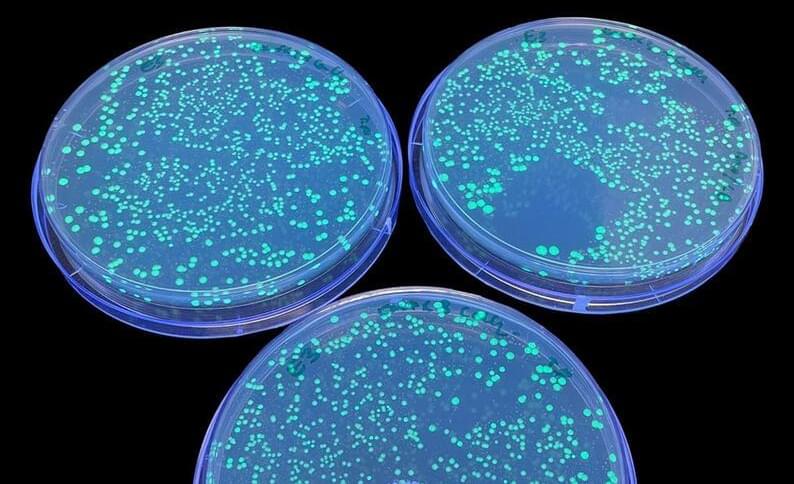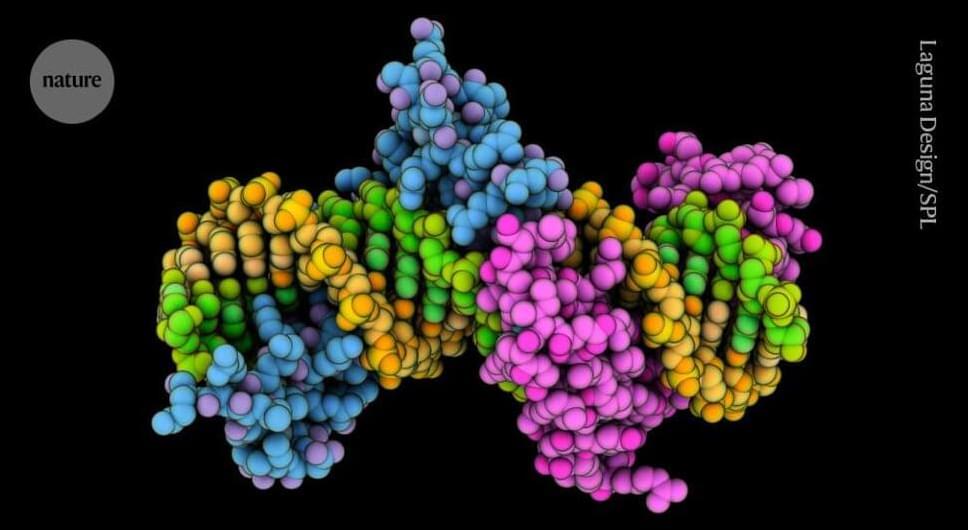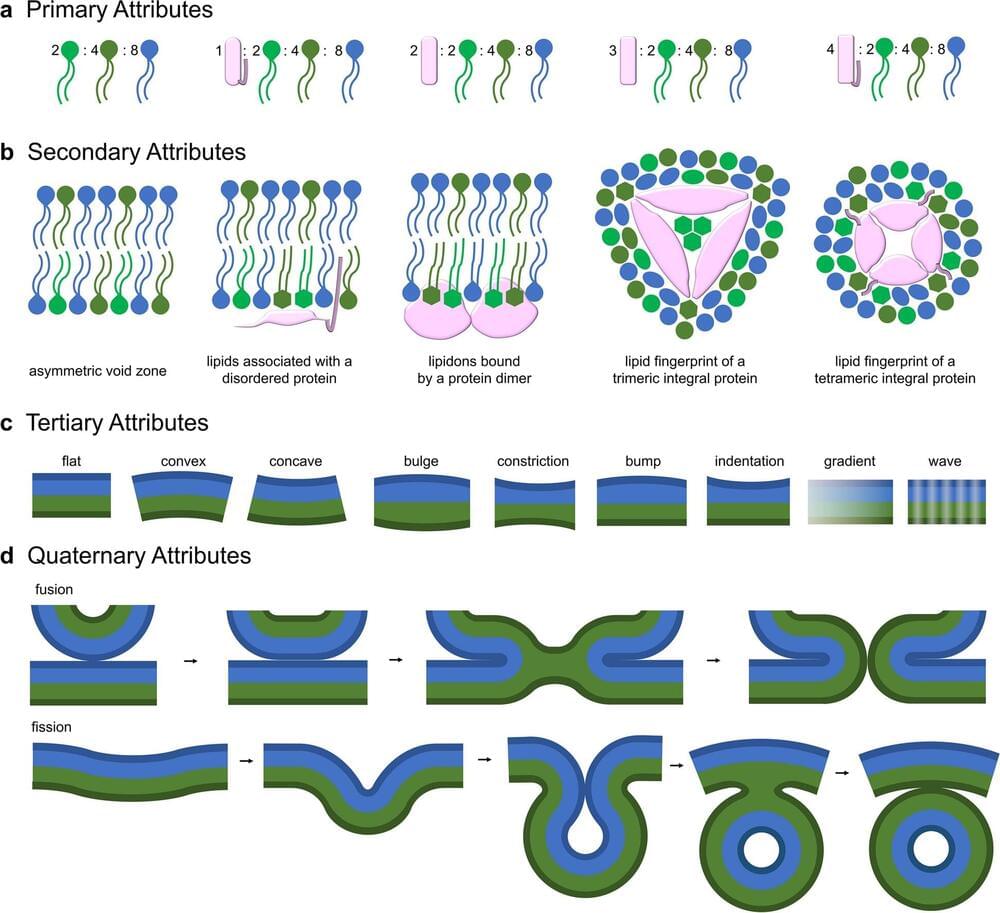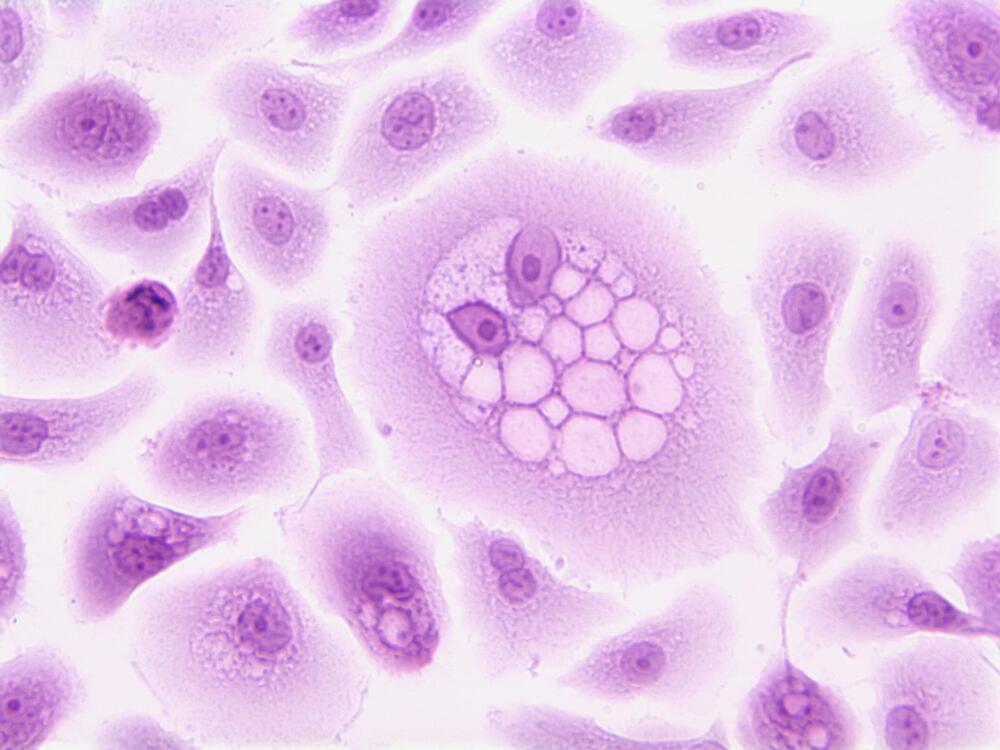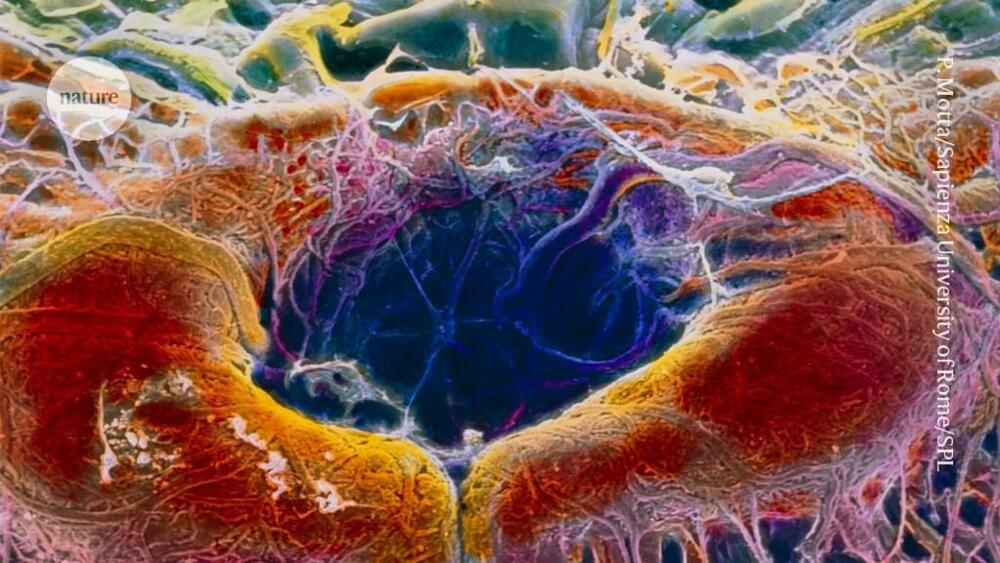Professor Nadeem Sarwar is Corporate Vice President, Co-Founder and Head, Transformational Prevention Unit, Novo Nordisk (https://www.novonordisk.com/partnerin…), Co-Chair UK Dementia Mission (a UK Government Ministerial appointment) and Honorary Professor, University of Edinburgh Medical School.
Professor Sarwar joined Novo Nordisk in June 2023 as Corporate Vice President, Co-Founder and Head of Novo Nordisk’s new Transformational Prevention Unit (TPU) whose mission is to increase obesity-free life years, so people live healthier and longer lives. To achieve this, the TPU is establishing an integrated ecosystem that will deliver science-first, empowering, and scalable commercial solutions that predict and pre-empt obesity and its consequences through innovative partnerships, with solutions intending to push the boundaries of what is possible with drugs, genomics, microbiome, digital health, and behavioral science.
Professor Sarwar’s expertise stems from scientific and business models at the intersection of genomics, data sciences and digital technologies for therapeutic and health innovation and he utilizes this expertise to steer the strategy and implementation of the predictive and pre-emptive obesity solutions being developed by the TPU, spanning both R\&D and commercial strategy.
Professor Sarwar joins Novo Nordisk with extensive executive experience in academia (Cambridge, Edinburgh), pharma (Pfizer, Eisai, Novo Nordisk), biotech (Genetics Guided Demantia Discovery — G2D2), company incubation (Eisai Innovation Biolabs), and government (UK Dementia Mission). He has successfully built and led organizations across the UK, US, Japan, and Denmark; and contributed to delivery of therapeutics into clinical trials for cardiometabolic diseases, oncology, SLE, COVID-19 and neurodegeneration.
Professor Sarwar’s research has been published in leading medical journals (eg, NEJM, Lancet, JAMA), presented at international meetings (eg, American Diabetes Association; World Dementia Council), and profiled by international media (eg, BBC, Forbes). He has provided expert insights for the UK Department of Health, the World Economic Forum, and the US National Academies of Sciences.
Apart from his current position at Novo Nordisk, Professor Sarwar holds the position of Honorary Professor at the University of Edinburgh Medical School. He also currently serves on the UK Medical Research Council (MRC) Neuroscience and Mental Health Board, the UK MRC Prevention Task and Finish Group, the Health Data Industry Expert Sub-Group, and the UK Life Sciences Council.
